Świdnica
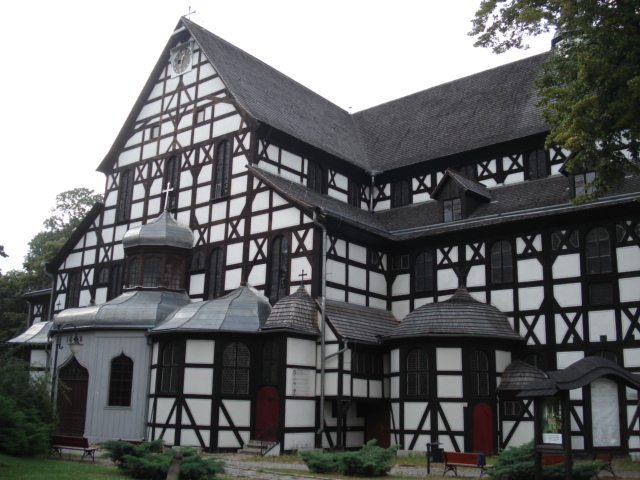
Church of the Peace in Świdnica
Distance
Population
59.737 (2012)
Location and history
The town of idwidnica is located in the Lower Silesian region, southwest of the regional capital Wrocław. Passing through the city, the river Bystrzyca, a tributary to Odra.
According to archaeological studies, settlements of the Sorbian culture have existed in this area (around 1000-500 BCE). During the migration period, the West Slavic tribe ślężanere (ślężanie) ruled the area. Around 990, the area where idwidnica now lies was taken under the Polish state by Prince Mieszko I. It is not known exactly when Świdnica was granted commercial property rights, but from 1267 it is designated as a city. Between 1290 and 1392, idwidnica was the capital of the independent principality Świdnica-Jawor. At the end of the 14th century. idwidnica was the second largest city in Silesia (with 8,000 inhabitants), surpassed only by Wrocław. The city manufactured several products for export, primarily beer and cloth. In 1392, idwidnica came under the Czech Republic. From 1526 the city, together with the rest of Silesia, was ruled by the Habsburg monarchy. As a result of the First Silesian War (1740-1742), the Habsburg monarchy had to surrender most of Silesia, including Świdnica, to Prussia. At the end of World War II, the city was occupied by the Soviet army and was subsequently part of the Polish state. The population increased as a result of extensive immigration of Poles from the former Polish eastern regions. For many years after the war, there were very large industrial companies in idwidnica, the result of a nationalization of German factories with the manufacture of products such as: railway cars, furniture, precision tools, automotive electronics, gloves, grandma
Tourist attractions
Grocery Industry Museum (Muzeum Dawnego Kupiectwa)
was built in 1967 in the town hall building to testify to the city's grocery traditions. The exhibitions include: items such as weights, events showing an old grocery store, an old pharmacy, a weighing booth, etc. The Gothic Council Hall contains valuable paintings from the 16th century. Here are also models of idwidnica, which the city looked in the 17th century.

Entrance to the Merchant's Museum
The house under Hermes (Dom Pod Hermesem)
House # 1 on ul.Grodzka is called the House under Hermes. This tall corner house dominates the entire street. The house, which was built in the Art Nouveau style, became famous already at the time of construction, finding a treasure trove of coins dating from the 30-year war. The roof of the building is crowned by a dome with a figure of Hermes. This mythological god reportedly protected both road users, thieves and – of course – merchants, which were not lacking in the idwidnica of the time. Very appropriately, it is now a bank that has a seat in the building.
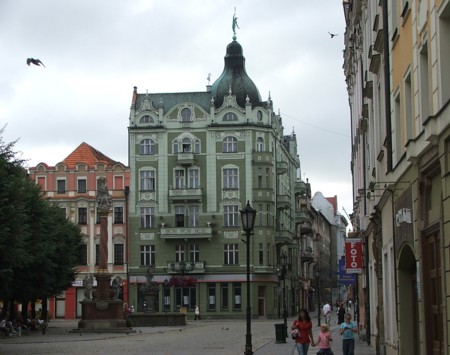
The house under Hermes
Strzegom gate gate tower
The tower was built in defense of the north-west main gateway to the city: the Strzegom city gate. Also at the gate was the former Chapel of St. Barbara.
Holy Trinity column
The Holy Trinity Baroque-style pillar is made of red sandstone. The pillar, created by an anonymous artist, was erected in 1693.
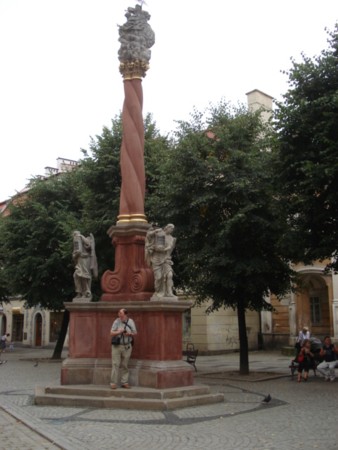
The Trinity Column of the square in idwidnica
The former town hall
Already in 1291 a large commercial building is mentioned in the middle of the town square. It is known that the house in 1330 contained several trade and craft stalls. in 1336 the city council moved into the building and seized premises on the first floor. Over the centuries, fires and other devastations have necessitated numerous redevelopments and reconstructions of the town hall.

The former town hall
The pharmacy under the Taurus (Apteka pod Bykami)
A beautiful late Renaissance style house. the corners of which are adorned with sculptures of two bulls of natural size. On the ground floor, pharmacy has been uninterrupted since 1882.
Cathedral of idwidnica
The Gothic Cathedral from the 14th century. has impressive Baroque and Gothic style equipment, not least the main altar; the 103 m tower is the highest in Lower Silesia and the fifth tallest in Poland.
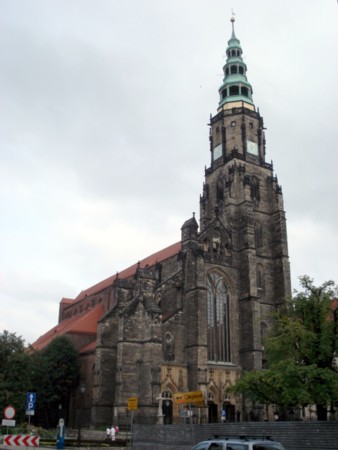
Cathedral of idwidnica
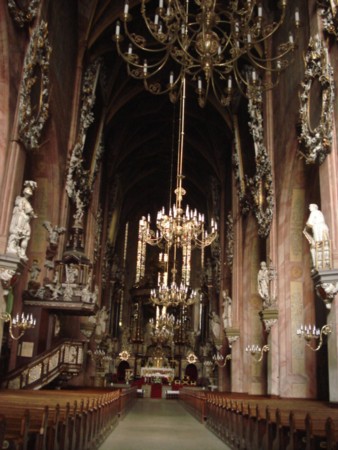
The interior of the cathedral facing the main altar
Church of Peace (Kościół Pokoju)
Church of Peace – from the 17th century – is considered to be the largest wooden church in Europe. The half-timbered structure is constructed over a floor plan of the shape of a Greek cross. Notable include the two Baroque organs, the main altar and the pulpit. The church is surrounded by a bell tower, the overseer's house, the parsonage and the now-preserved, evangelical cemetery. All buildings are from the 17th century. and done in timberwork. A cafe has now been set up in the caretaker's house. In the Church of Peace a Bach festival is held every year.
Surrounding Area
Accommodation
Booking.com
Świdnica – in Polish, English and German
Eating Out:
Świdnica – in Polish, English and German
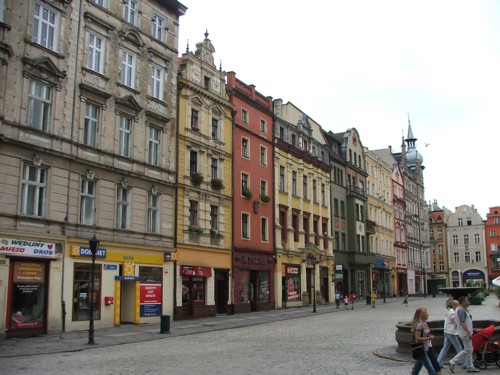
Lot from the square
Other Internet sites and sources
Świdnica – in Polish, English and German
Translated into English by Google Translate. Spangshus.dk accept no liability for any errors or omissions in translation.
Map

Rating
Search
Most used tags
churches (205) Castles (86) Monasteries (79) Town walls (74) Lakes (71) Town halls (67) Rivers (65) Castles1 (62) Mansions (55) Museums (51) Regional museums (38) Town gates (36) Abbey churches (35) Castle ruins (30) Cathedrals (26) Forests (25) Health resorts (24) Mounds (23) Water sports (23) National parks (22)Click for all tags
Denne side er også tilgængelig på dansk. This page and contents is (c) Copyright 2018- www.spangshus.dk. Based on Inviator software by ISCA Software